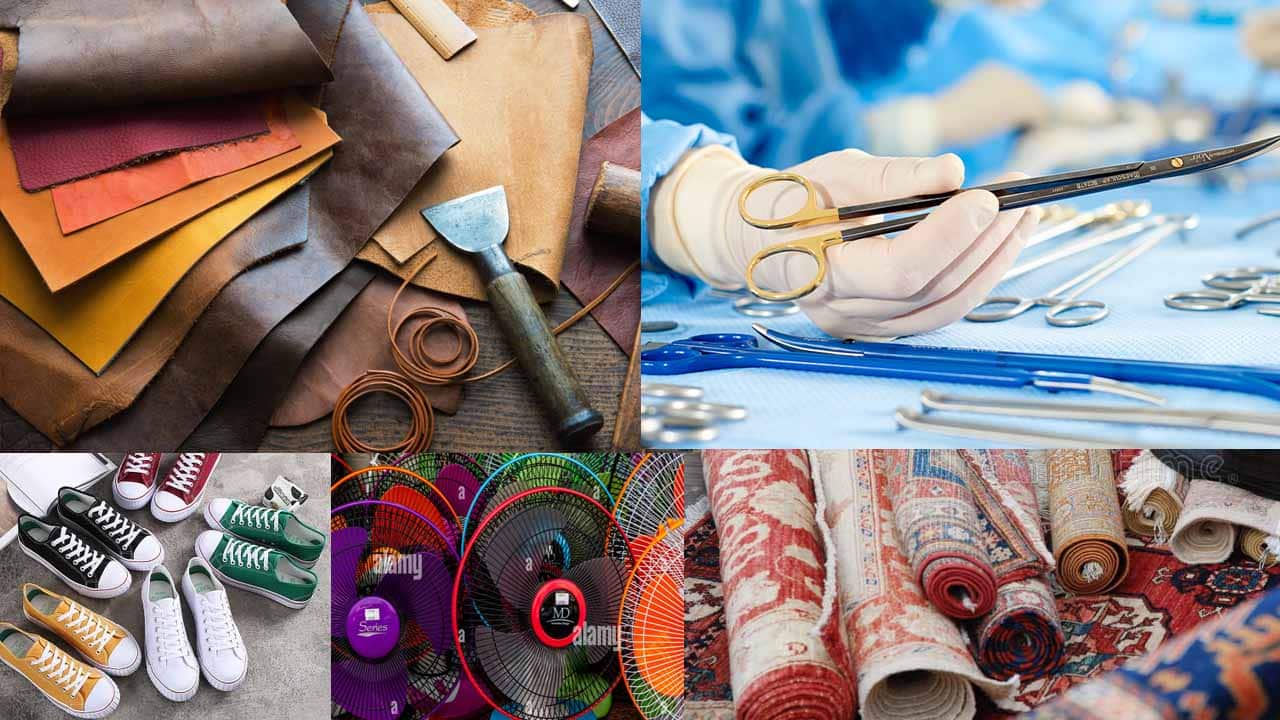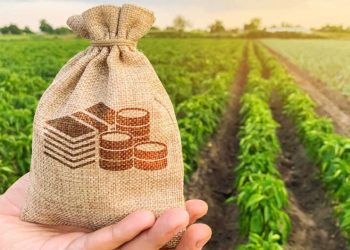Pakistan’s Non-textile exports grew 27.40 percent year-on-year to $11.25 billion in the first 11 months of the outgoing fiscal year, due to a partial revival of international orders and the government’s support schemes.
Although the non-textile sector has not yet returned to pre-Covid levels of orders, overall growth in the sector is led by the value-added sectors. Data compiled by the Pakistan Bureau of Statistics (PBS) showed on Monday that the Pakistan’s non-textile sector has yet to receive full orders to pre-Covid levels. Pakistan’s Non-textile exports grew 27.40 percent year-on-year.
Despite lockdowns in many countries, three sectors maintained growth in export proceeds in FY21. In the value-added leather sector, exports of leather garments and leather gloves increased by 12.04% and 13% respectively. However, exports of raw leather increased by over 31.57% during the July-May period.
Pakistan is one of the main suppliers of global surgical instruments; however, these instruments are re-marketed in western countries by famous brands. As a result, the export value of these products remains very negligible.
According to data, the export of surgical instruments posted a negative growth of 1.37 percent in 11 months of fiscal year 2022 compared to the same period in fiscal year 2021. However, the exports of pharmaceutical products posted positive growth of 1.64 percent during the same period.
The export of footwear increased by 25.22 percent year-on-year led by leather and canvas footwear. The export of engineering products was up 7.23 percent year-on-year in FY22. However, the export of electric fans was up 2.33 percent during the period under review.
The export of carpets went up by 12.80 percent, while that of sports goods up 32.37 percent during 11 months this year from a year ago. In the sports sector, the sales of footballs up 44.53 percent in July-May this year from a year ago.
Pakistan is the official football supplier to the next FIFA World Cup to start in November in Doha, Qatar.
In the budget for the 2021-2022 fiscal year, the government has proposed several measures to promote exports of pharmaceuticals, plastics, chemicals, engineering products, and value-added textiles. This includes a reduction in duty on raw materials.
Data compiled by the PBS showed that the food basket posted growth of 24.23% in the 11 months of the current fiscal year compared to the same period last year. Exports of rice, under this category, witnessed a growth of 22.62% year-on-year to $2.27bn. In quantity terms, the exports of rice reached 4.47m tonnes this year.
The break-up showed that basmati exports in value increased by 24.75pc and 25.24pc in quantity while non-basmati exports were up by 21.81pc in value and 34.32pc in quantity.
The export of spices was up by 17.25pc, followed by oilseeds, nuts 115.6pc, meat and products 2.12pc. The export of fish products increased by 1.77pc. Foreign sales of fruits and tobacco rose 6.23pc and 55.23pc, respectively, during the period.












